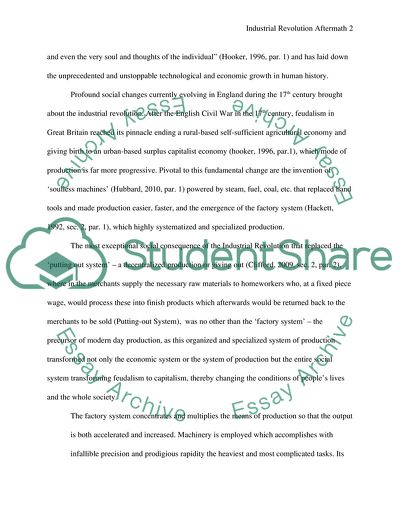Cite this document
(The Aftermath of the Industrial Revolution Essay, n.d.)
The Aftermath of the Industrial Revolution Essay. https://studentshare.org/macro-microeconomics/1732402-industrial-revolution-aftermath
The Aftermath of the Industrial Revolution Essay. https://studentshare.org/macro-microeconomics/1732402-industrial-revolution-aftermath
(The Aftermath of the Industrial Revolution Essay)
The Aftermath of the Industrial Revolution Essay. https://studentshare.org/macro-microeconomics/1732402-industrial-revolution-aftermath.
The Aftermath of the Industrial Revolution Essay. https://studentshare.org/macro-microeconomics/1732402-industrial-revolution-aftermath.
“The Aftermath of the Industrial Revolution Essay”. https://studentshare.org/macro-microeconomics/1732402-industrial-revolution-aftermath.


